
Blockchain scalability has always been a moving target, especially for developers building app-specific chains in high-demand sectors like gaming and DeFi. Traditional scaling strategies, such as sidechains and Layer 2 (L2) rollups, have made significant progress but often introduce tradeoffs around latency, composability, and user experience. Enter Ephemeral Rollups: an ingenious solution designed to deliver instant blockchain execution, elastic scalability, and seamless composability, without the usual friction of bridges or fragmented liquidity.
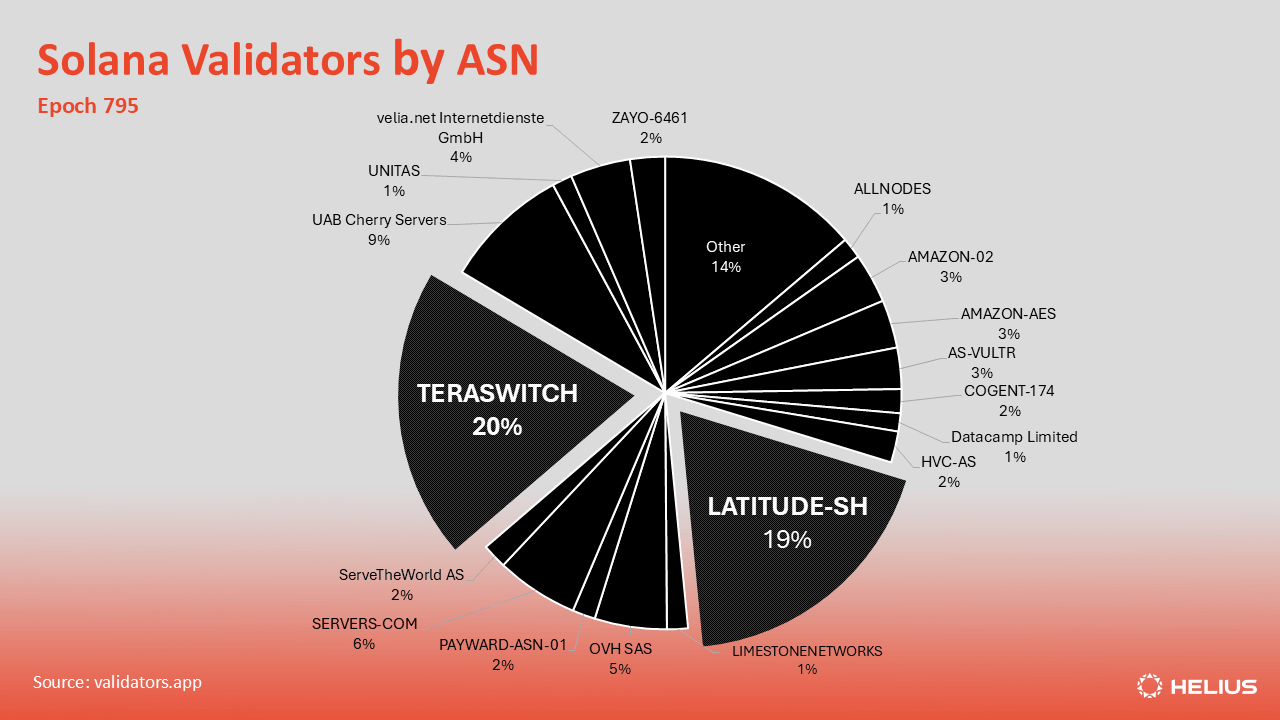
What Are Ephemeral Rollups?
Ephemeral Rollups are a new class of app-specific rollups that create temporary, high-performance execution environments on demand. Instead of deploying a permanent sidechain or spinning up a long-lived rollup, developers can delegate specific state accounts to an Ephemeral Rollup for a set period. During this window, the rollup processes transactions at ultra-low latency, often as fast as 10 milliseconds per block, before securely syncing state back to the base chain.
This approach is especially transformative for use cases like on-chain gaming, real-time trading, and social apps where responsiveness and throughput are paramount. By leveraging the security and composability of the underlying chain (notably Solana), Ephemeral Rollups sidestep the liquidity silos and operational complexity that plague other scaling models. For a deeper dive into the technical architecture, see this detailed overview.
How Ephemeral Rollups Work: The MagicBlock Model
The leading implementation of Ephemeral Rollups comes from MagicBlock, whose Delegation Program allows developers to configure rollup parameters such as duration, commit frequency, and targeted state accounts. Here’s how the process unfolds:
- Delegation: Developers temporarily assign state accounts to the rollup environment.
- Smart Routing: An RPC router directs relevant transactions to the rollup’s high-speed runtime.
- Fast Execution: Transactions are processed with negligible latency and zero gas fees.
- Secure Settlement: State changes are periodically committed back to Solana’s main chain with fraud proof mechanisms in place.
- Undelegation: Once complete, accounts are released back to the base layer, fully synchronized and composable.
This workflow ensures that applications enjoy both the performance of private mini-chains and the security/composability of the mainnet. For more on how this shapes adaptive blockchain scalability, visit this exploration.
Ephemeral Rollups vs. Traditional Scaling Solutions
The value proposition of Ephemeral Rollups becomes even clearer when compared to legacy scaling methods. Here’s a side-by-side look at how these approaches stack up on key metrics:
Comparison of Ephemeral Rollups, L2s, Sidechains, and App-Specific Chains for Blockchain Scalability
| Feature | Ephemeral Rollups | Traditional L2 Rollups | Sidechains | App-Specific Chains |
|---|---|---|---|---|
| Latency | 10-50ms ⚡️ | 100-150ms | 100-500ms | 100-500ms |
| Settlement to L1 | Synchronous ⏱️ | Asynchronous (hours/days) | Asynchronous (hours/days) | N/A |
| Composability with Solana | Full Solana access 🔗 | Bridge-dependent | Bridge-dependent | Isolated |
| Liquidity | Unified with Solana 💧 | Fragmented | Fragmented | Fragmented |
| User Experience | Single wallet 🦄 | Multiple wallets/bridges | Multiple wallets/bridges | Multiple wallets/bridges |
| Security Model | Solana + fraud proofs 🛡️ | ZK/Optimistic proofs | Independent | Independent |
| Customization | High | Medium | High | Very High |
| Time to Deploy | Minutes 🚀 | Days | Weeks | Months |
| Transaction Cost | Near-zero 💸 | Low | Low | Variable |
| State Availability | Full state instantly usable on Solana | Only state hash/root committed to L1 | Only bridge assets accessible | Completely separate state |
Notably, Ephemeral Rollups offer synchronous settlement to L1, unified liquidity with the base chain, single-wallet user experience, and near-zero transaction costs, all while maintaining full composability with Solana. Deployment takes minutes rather than weeks or months, making them ideal for fast-moving projects that need elastic capacity without sacrificing security or UX. For additional analysis on real-world use cases, check out this resource.
For developers, the practical impact of ephemeral rollups is profound. The ability to spin up instant, app-specific rollups on demand means projects can elastically scale resources to match spikes in user activity, think NFT mints, in-game events, or viral social campaigns, then wind down those resources just as quickly when demand subsides. This dynamic model turns blockchain infrastructure from a static cost center into a flexible, pay-as-you-go utility.
Perhaps most significantly, ephemeral rollups unlock a new paradigm for real-time, on-chain applications. In gaming, for example, sub-10ms block times and gasless transactions allow for seamless multiplayer experiences, in-game economies, and provably fair mechanics, all without users ever leaving the main chain’s composability or security umbrella. As noted by researchers and industry observers, this approach overcomes the traditional tradeoffs of horizontal scaling and bridges, offering the best of both worlds for builders and users alike. For a technical deep dive, see this analysis.
Implications for the Future of App-Chain Deployment
The rise of ephemeral rollups signals a shift in how we think about blockchain scalability. Instead of designing monolithic, all-purpose chains or relying on brittle bridges, developers can now compose highly specialized, private mini-chains that interoperate natively with the broader ecosystem. This flexibility is especially valuable for Rollup-As-A-Service (RaaS) providers, who can offer one-click deployment of ephemeral rollups tailored to each application’s unique needs.
The result? Lower barriers to entry for new projects, faster time to market, and a richer, more diverse landscape of decentralized applications. As the technology matures, expect to see ephemeral rollups powering not just games and DeFi, but also high-frequency trading, social media, and event-driven dApps where instant execution and composability are critical.
Key Benefits of Ephemeral Rollups for App-Specific Blockchains
-
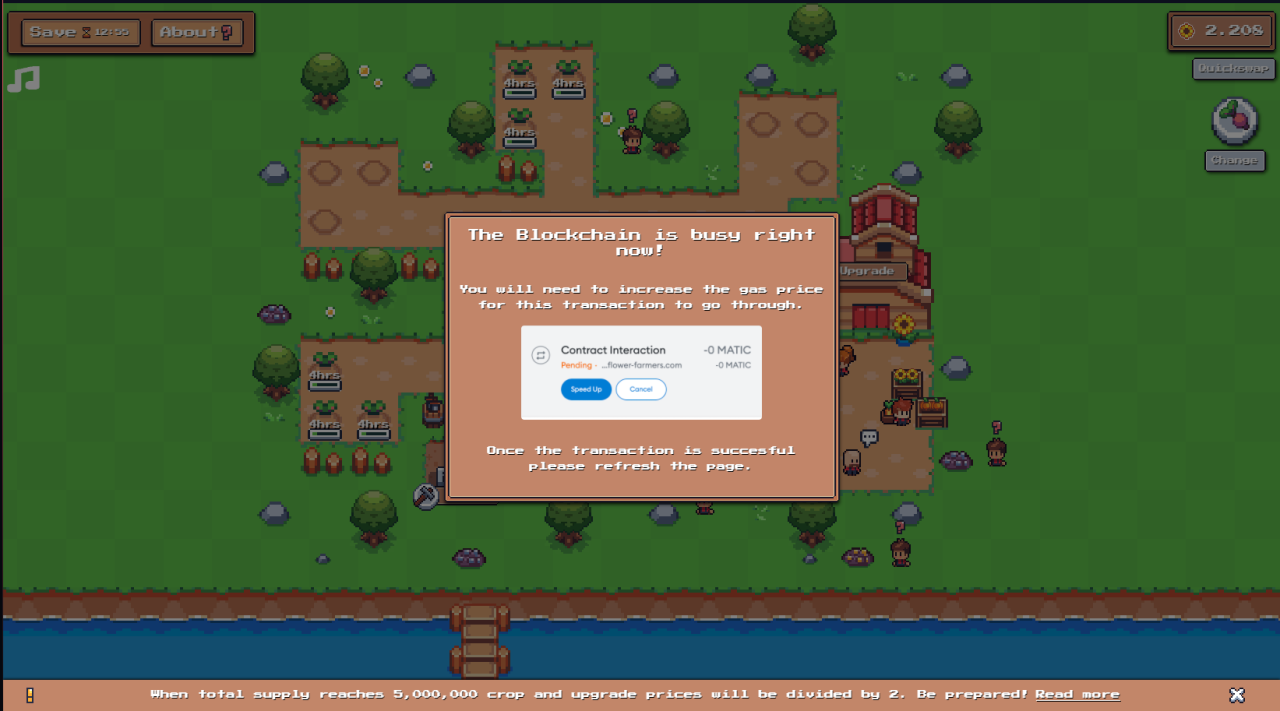
Ultra-Low Latency: Ephemeral Rollups process transactions in as little as 10 milliseconds, enabling real-time responsiveness for demanding applications like blockchain gaming and high-frequency trading.
-
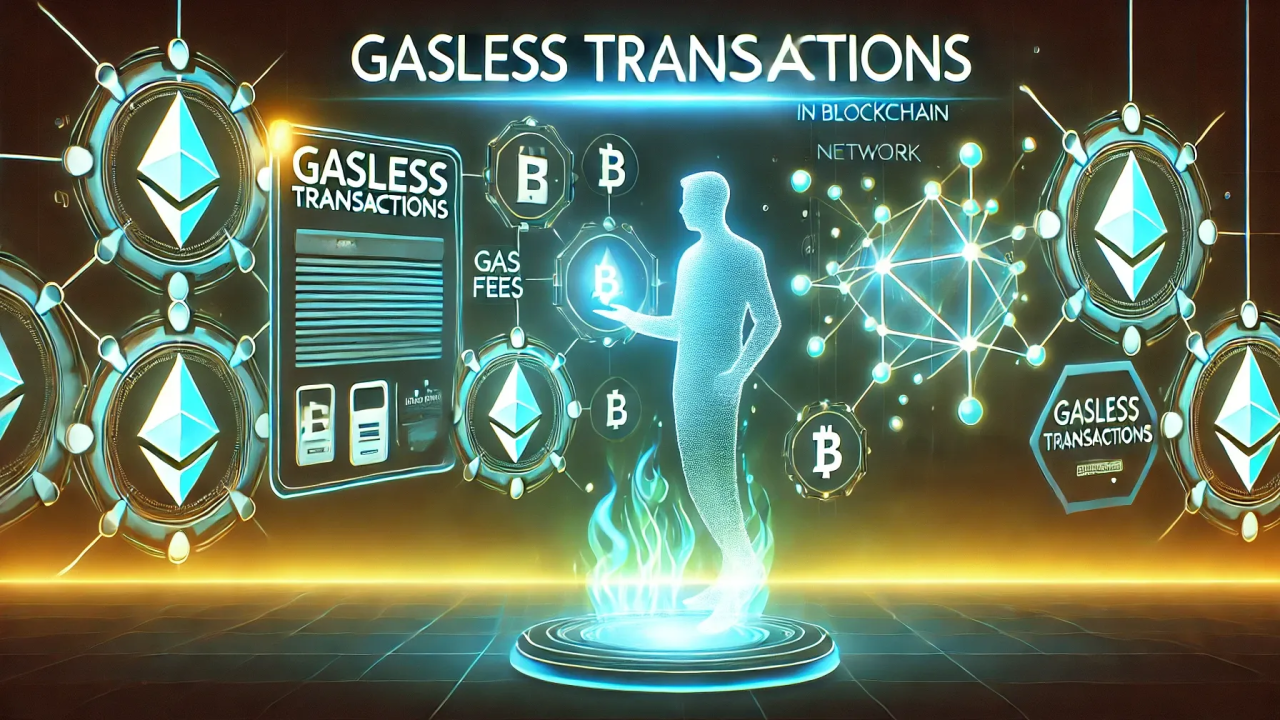
Gasless Transactions: Users enjoy zero transaction fees during rollup sessions, making microtransactions and mass adoption far more feasible for app-specific blockchains.
-
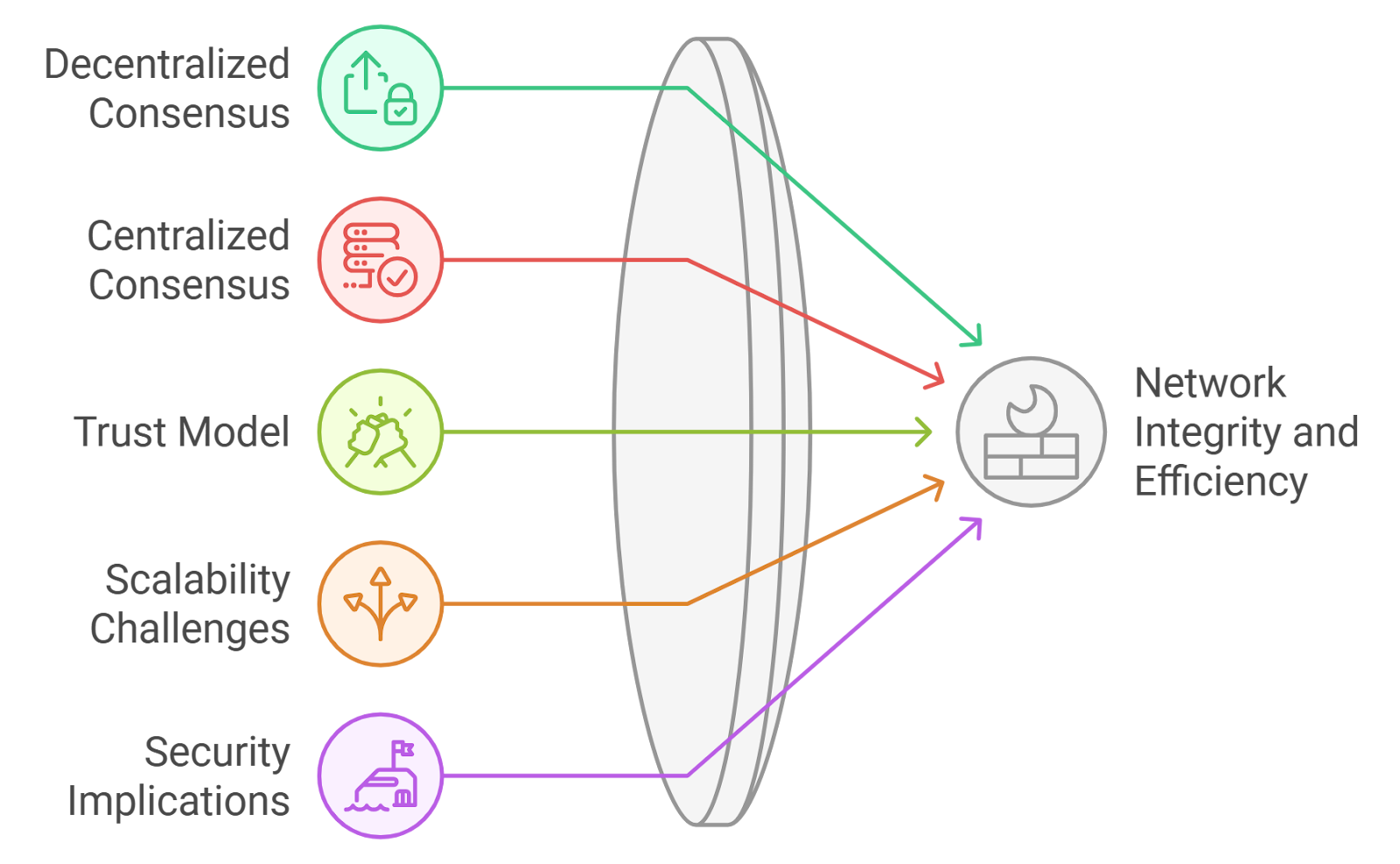
Horizontal Scalability: Developers can deploy multiple rollups on-demand, supporting millions of transactions per second without degrading network performance.
-
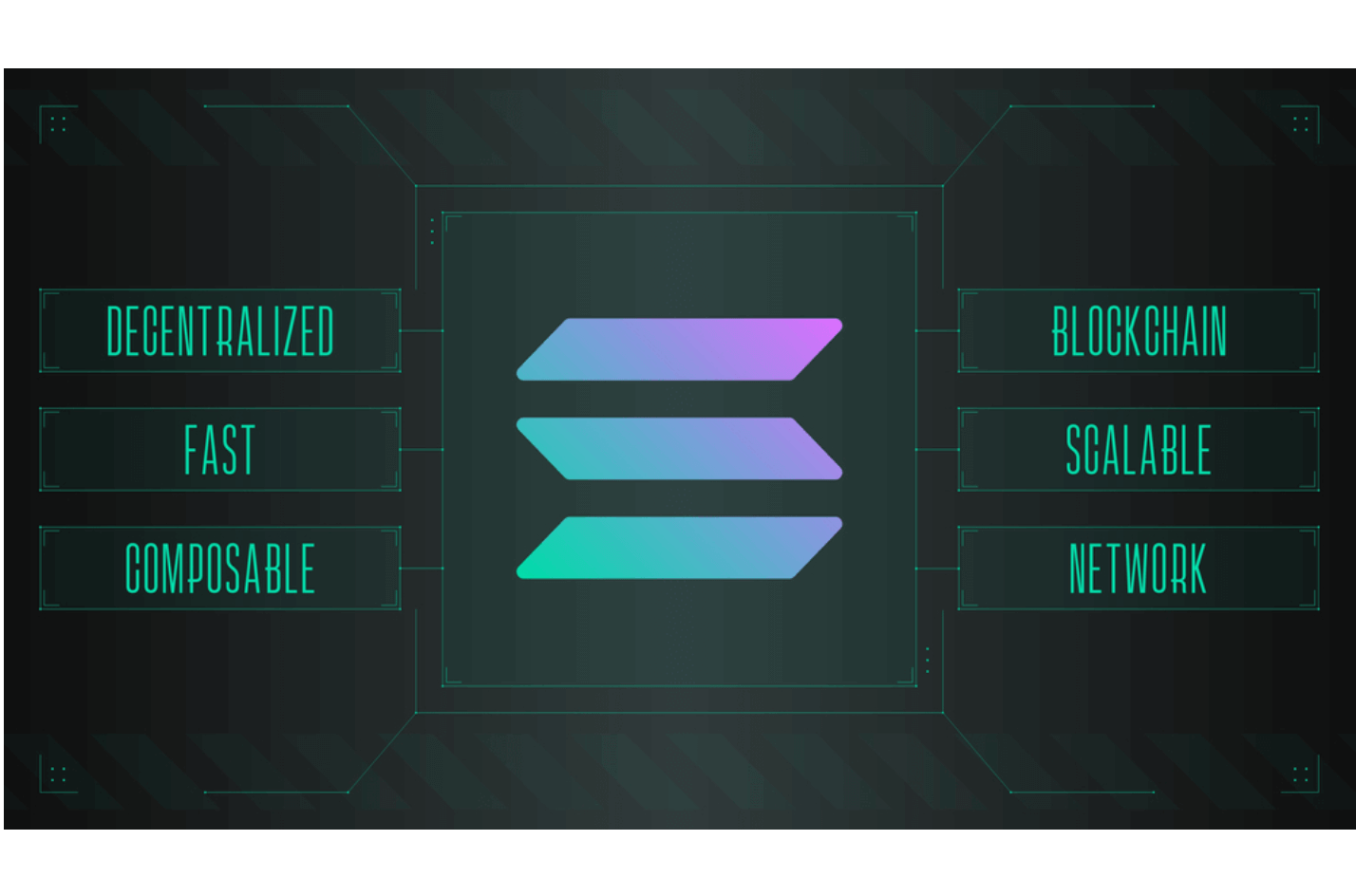
Preserved Composability: All assets remain on the Solana main chain, ensuring seamless interaction and composability with the broader Solana ecosystem.
-
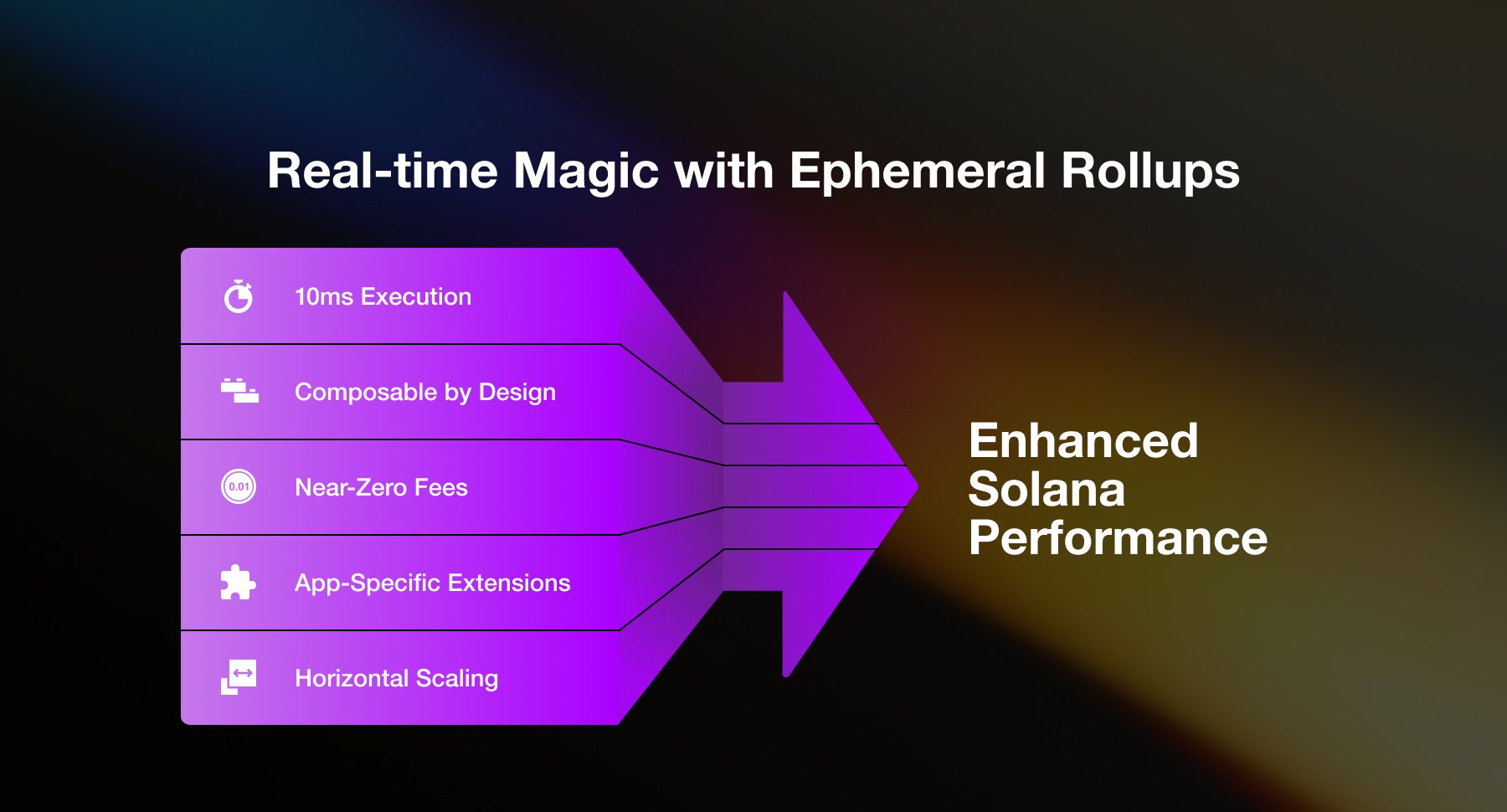
Secure, Synchronous Settlement: State changes are securely and synchronously committed back to Solana, leveraging fraud proofs for robust security and immediate asset availability.
-
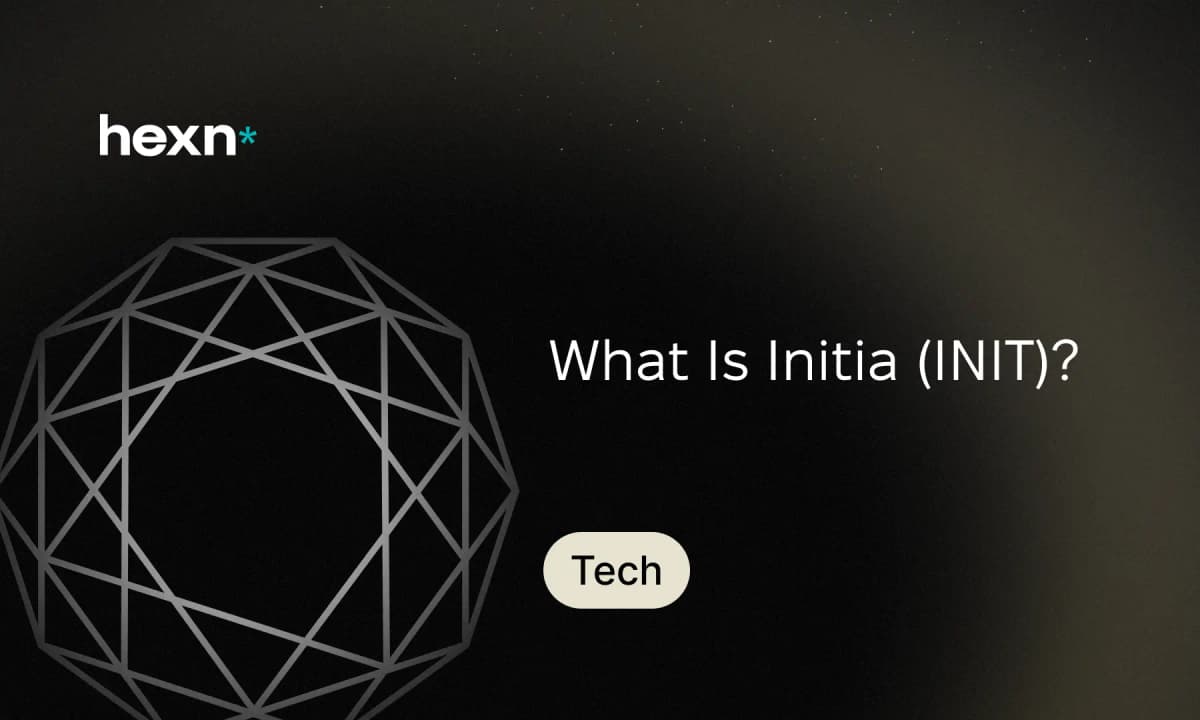
High Customizability: Developers can configure rollup parameters—such as duration, commit frequency, and targeted state—tailoring performance to the unique needs of each application.
For those ready to experiment, platforms like MagicBlock are already offering robust tooling and documentation for integrating ephemeral rollups into Solana-based projects. Community feedback has been overwhelmingly positive, with many noting the simplicity of configuration and the dramatic performance gains over legacy scaling solutions. For a closer look at how temporary app chains unlock elastic scalability, visit this resource.
Frequently Asked Questions
As blockchain adoption accelerates and user expectations rise, solutions like ephemeral rollups will be essential to keeping pace with demand, without sacrificing decentralization or user experience. The next wave of app-specific chains will be faster, more composable, and radically more adaptable than anything that’s come before.






